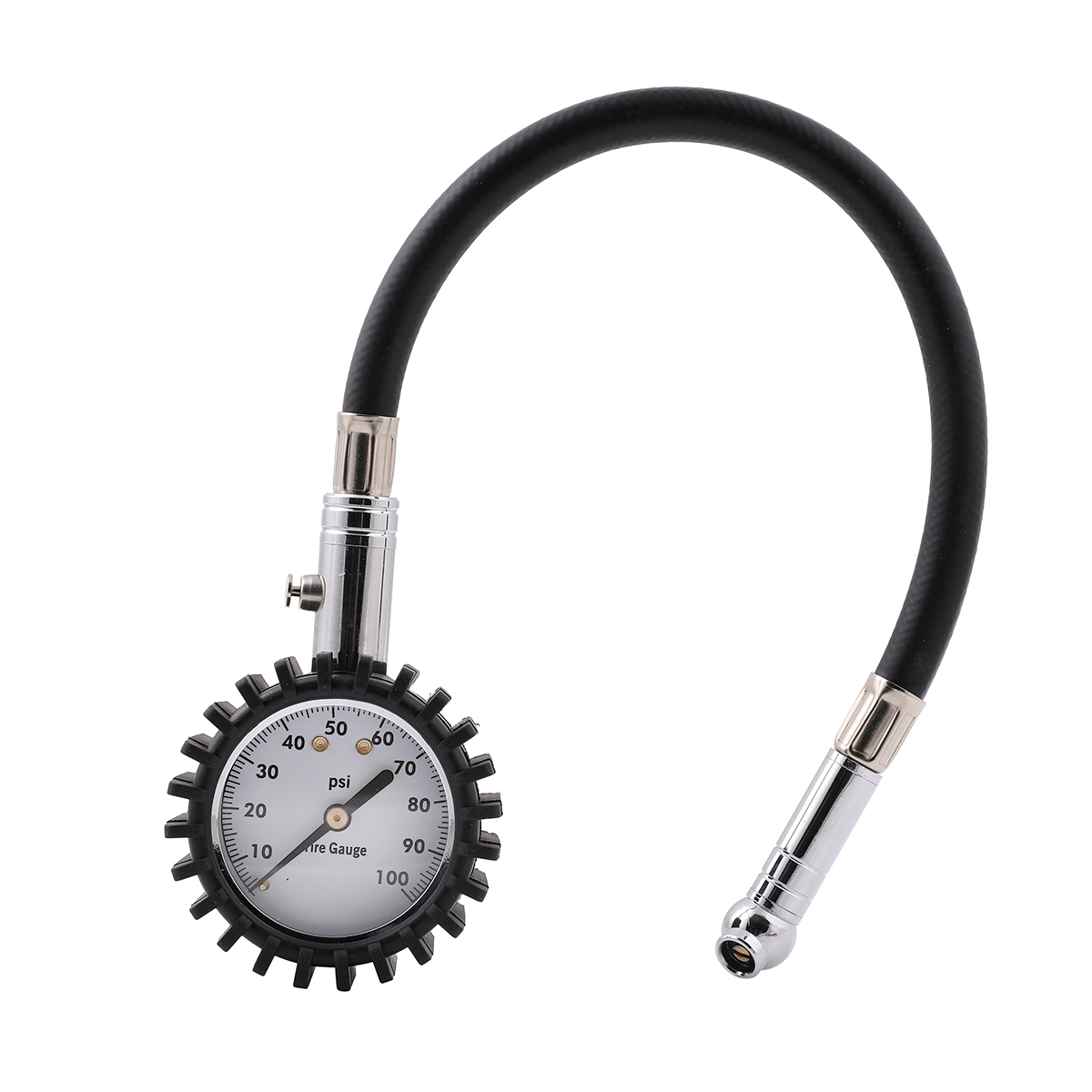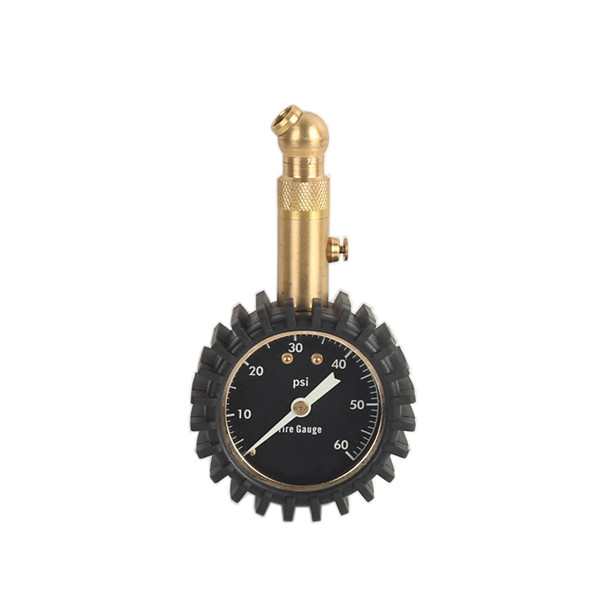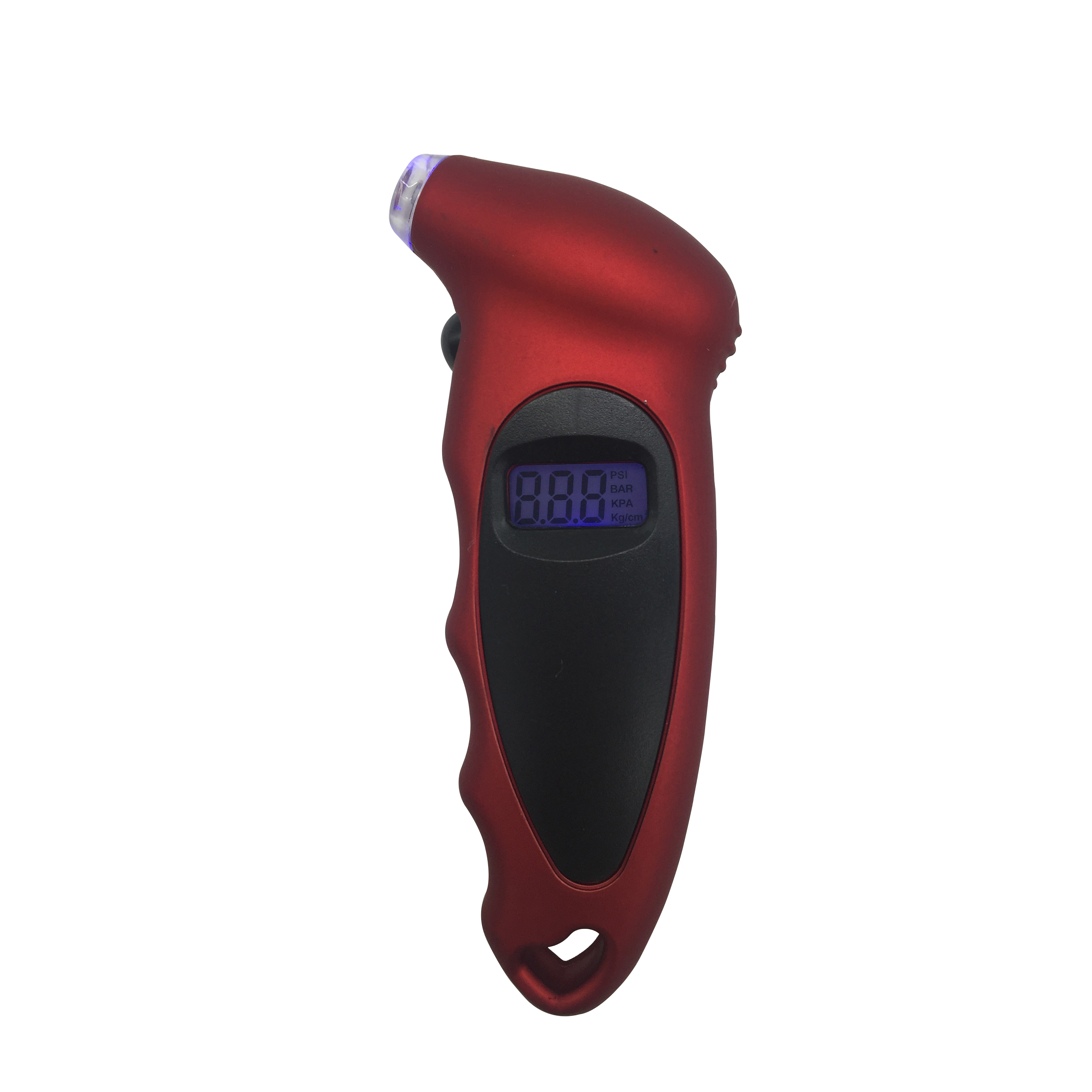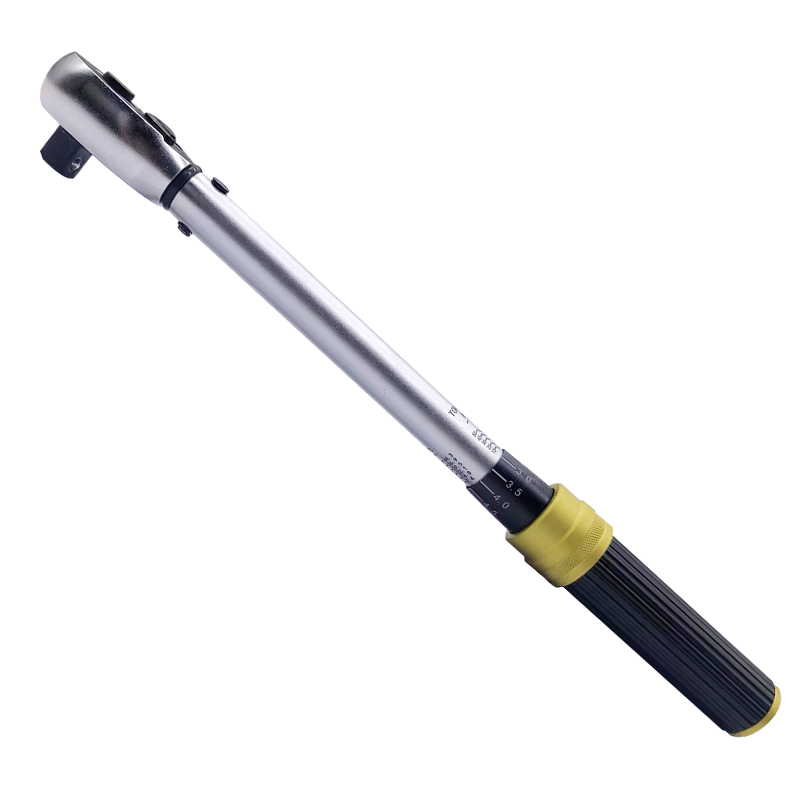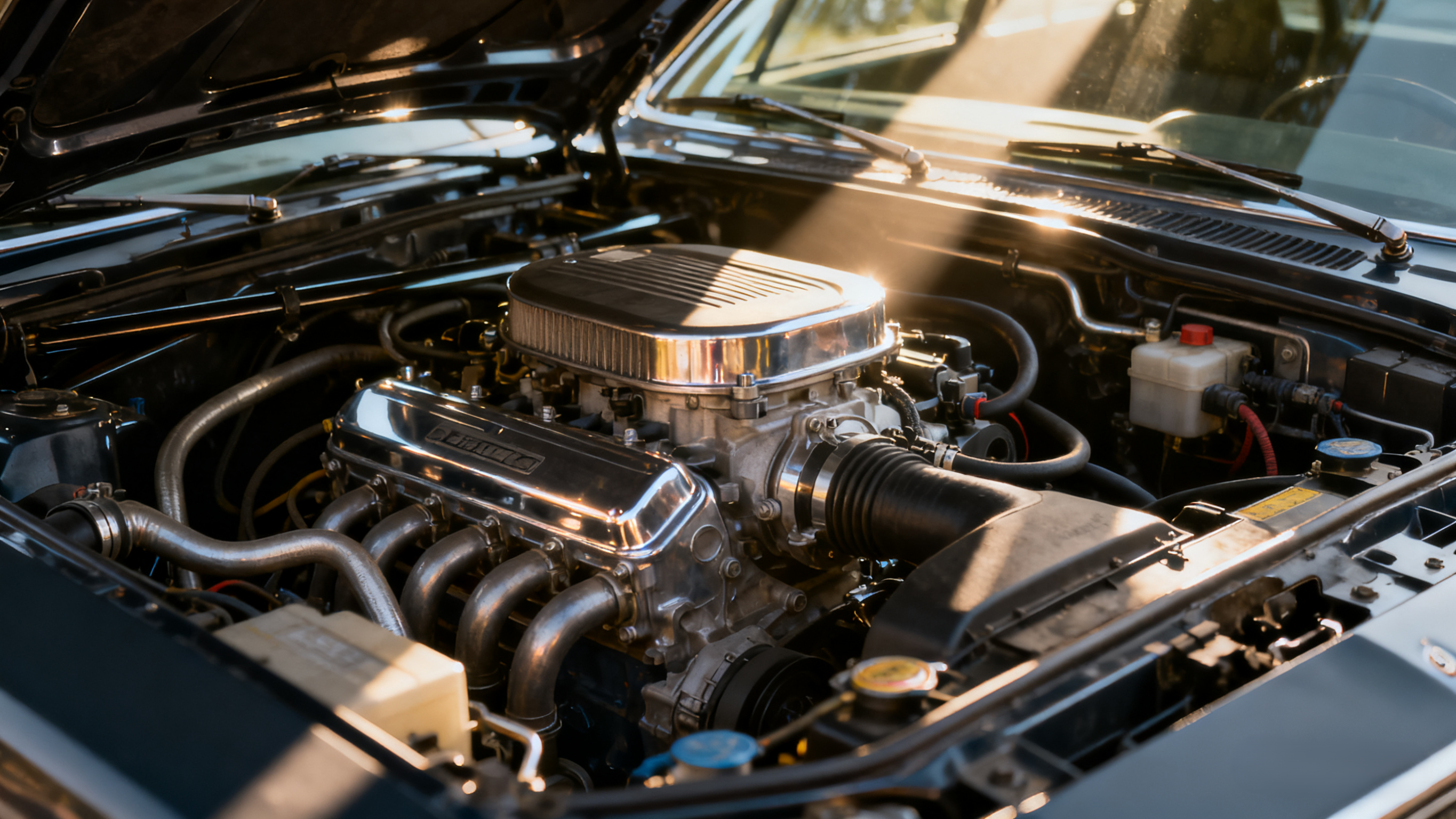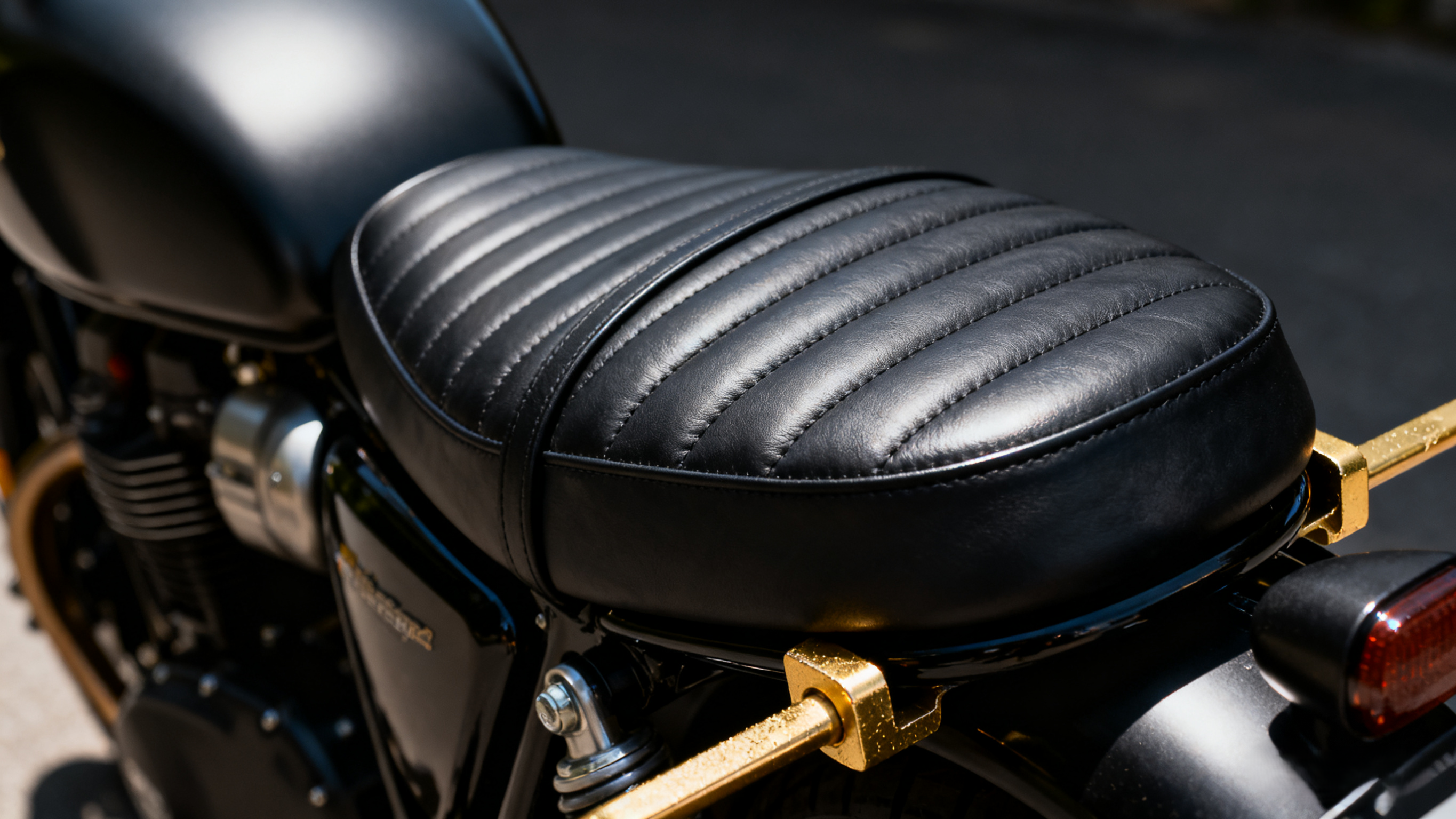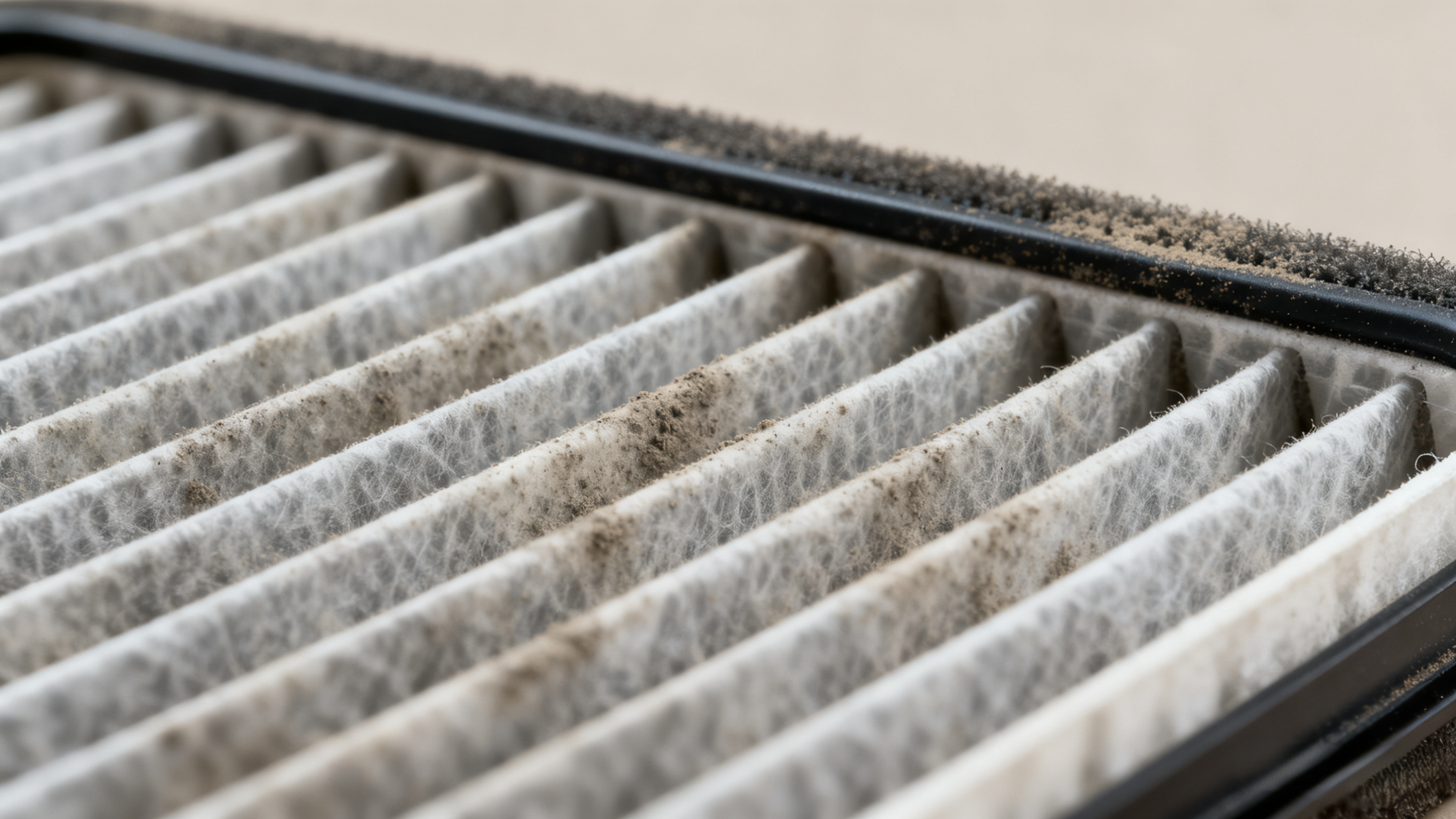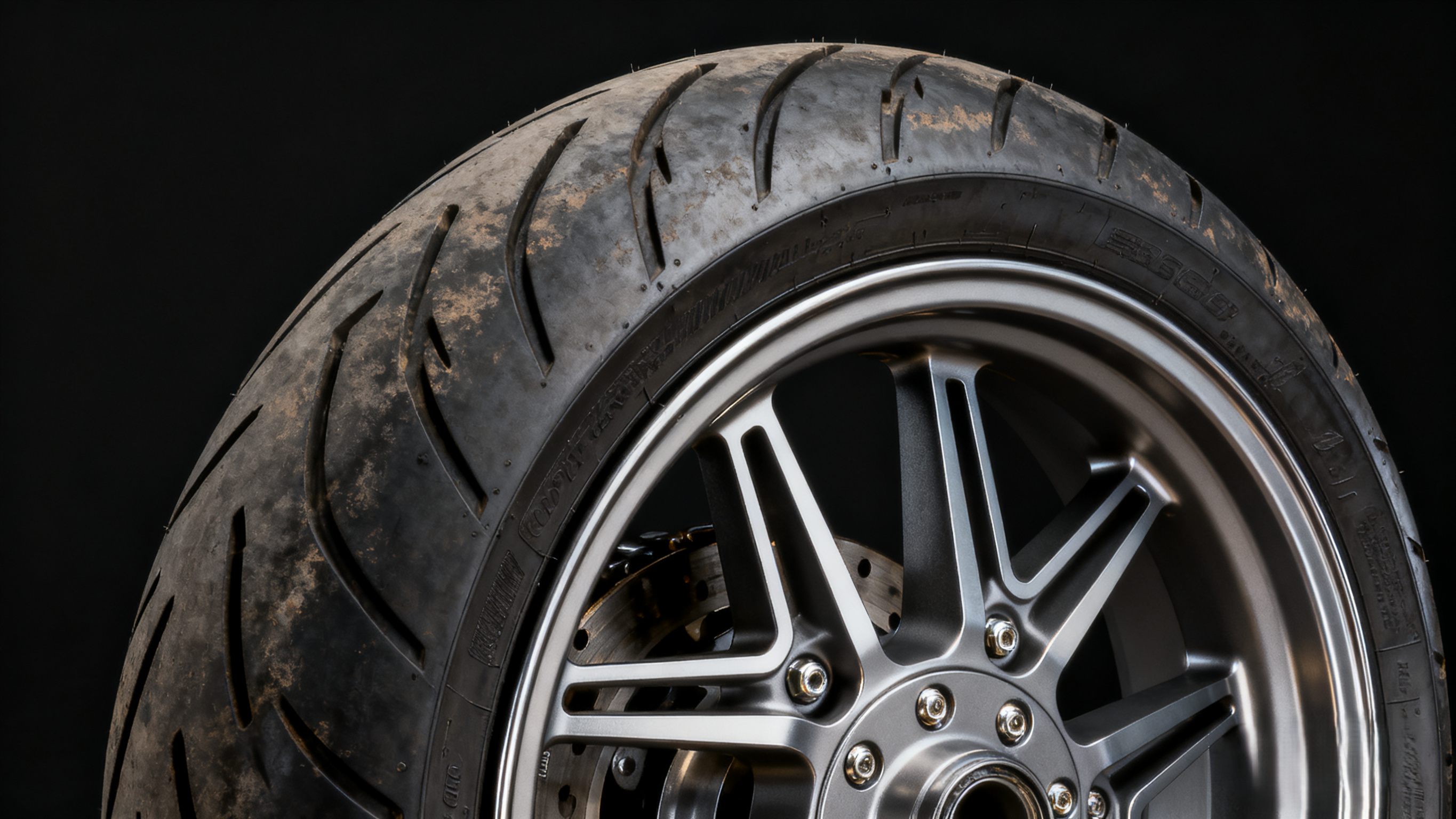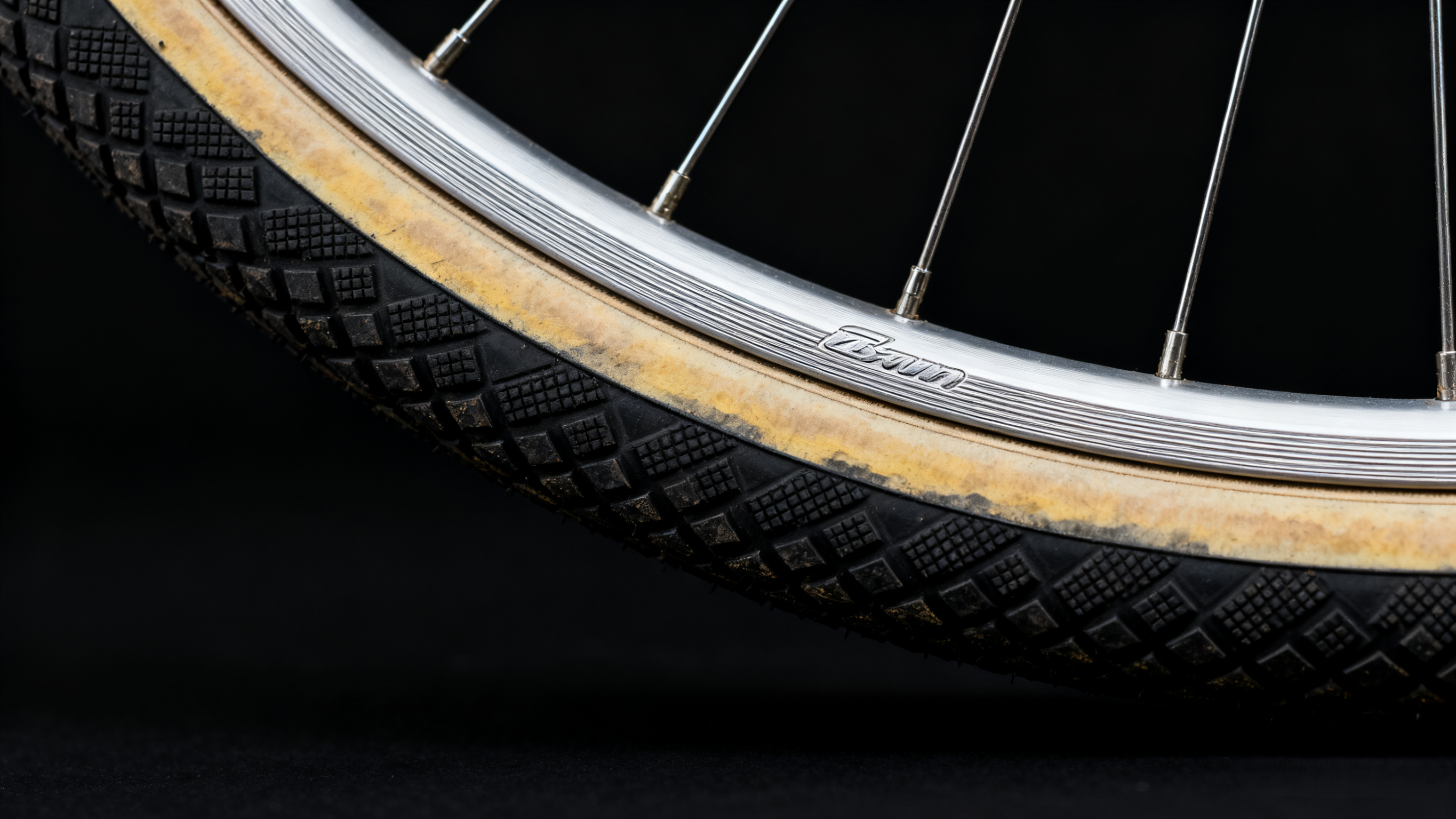Naturally Aspirated vs. Turbocharged vs. Supercharged: Which Engine Should You Choose?
When shopping for a car, the engine type is one of the most critical decisions. Three common options dominate the market: naturally aspirated (NA), turbocharged (turbo), and supercharged engines. Each uses different methods to generate power, and choosing the right one depends on your driving style, priorities, and budget. Let’s break down their differences and help you decide.
1. Naturally Aspirated Engines: Simplicity at Its Core
A naturally aspirated engine relies on atmospheric pressure to draw air into its cylinders. As the piston moves down, it creates a vacuum that pulls in air, which mixes with fuel and ignites to produce power. This is the oldest and simplest engine design—no fancy add-ons, just pure mechanical action.
Pros:
- Reliability: With fewer moving parts, there’s less to go wrong. NA engines are known for longevity and require less maintenance over time.
- Smooth power delivery: Power increases linearly with engine speed, making acceleration predictable and easy to control—ideal for new drivers.
- Lower cost: Cheaper to manufacture, so cars with NA engines are often more affordable upfront. They also tend to have lower repair costs.
Cons:
- Less power per liter: To get more power, you need a larger engine (e.g., a 3.5L V6 vs. a 2.0L turbo). This can hurt fuel efficiency.
- Slower acceleration: Without forced induction, NA engines lack the “boost” that turbo or supercharged engines provide, making them feel less responsive in high-speed situations.
Best for: City drivers, commuters, or anyone prioritizing reliability and low maintenance over raw power.
2. Turbocharged Engines: Power from Waste Energy
A turbocharged engine uses a turbine driven by exhaust gases to force more air into the cylinders. This “forced induction” allows the engine to burn more fuel, generating more power without increasing size. Think of it as a small engine with a “boost button.”
Pros:
- Power and efficiency: A 2.0L turbo can match the power of a 3.5L NA engine but uses less fuel in daily driving (thanks to smaller displacement).
- Torque at low speeds: Turbos deliver strong low-end torque, making merging onto highways or passing slower cars easier.
- Versatility: Common in everything from economy cars to sports cars, offering a balance of performance and practicality.
Cons:
- Turbo lag: There’s a split-second delay between pressing the gas and the turbine spooling up, which can feel jerky. Modern turbos reduce this, but it’s still noticeable.
- Higher maintenance: Turbos run hot and require special oil (synthetic) and cooling systems. Repairs can be costly if the turbo fails.
- Sensitivity to driving style: Aggressive acceleration increases wear and can hurt fuel efficiency (undoing the “efficiency” benefit).
Best for: Drivers who want strong performance without sacrificing fuel economy, and don’t mind a slight delay in power delivery.
3. Supercharged Engines: Instant Power, No Lag
Like turbos, superchargers force more air into the engine—but they’re driven directly by the engine (via a belt) instead of exhaust gases. This means they start working immediately, with no lag.
Pros:
- Instant power: No waiting for spooling—power is available as soon as you hit the gas, making acceleration smooth and responsive.
- Consistent performance: Works well at low and high speeds, unlike turbos, which can lose efficiency at very high RPMs.
- Durability: While complex, superchargers are less prone to overheating than turbos (no reliance on hot exhaust gases).
Cons:
- Fuel inefficiency: Since they’re driven by the engine, they consume more power themselves, reducing overall fuel economy.
- Cost: Superchargers are expensive to manufacture, so cars with them are often pricier (think luxury or sports cars like Jaguars or Dodge Hellcats).
- Noise and vibration: The belt-driven design can create more noise and vibration compared to turbos or NA engines.
Best for: Enthusiasts who prioritize instant acceleration and don’t mind higher fuel costs or a premium price tag.
How to Choose: Key Questions to Ask Yourself
- What’s my primary use?
- City commuting: NA or turbo (for efficiency).
- Highway driving/passing: Turbo or supercharged (for torque).
- Track days/sports driving: Supercharged (for instant power) or turbo (for balance).
- How important is fuel economy?
- Turbo > NA > Supercharged (in most cases).
- What’s my budget?
- Upfront cost: NA < Turbo < Supercharged.
- Long-term costs: NA (lowest maintenance) > Turbo > Supercharged.
- Do I hate lag?
- If yes: Supercharged or NA (but NA is slower).
Final Thought
There’s no “best” engine—only the best fit for your needs. Naturally aspirated engines are the safe, reliable choice; turbos offer a smart balance of power and efficiency; and superchargers deliver uncompromising performance at a cost. Test-drive all three if you can—feel the difference in acceleration and responsiveness, and let your driving style guide the decision.
Happy car hunting!

